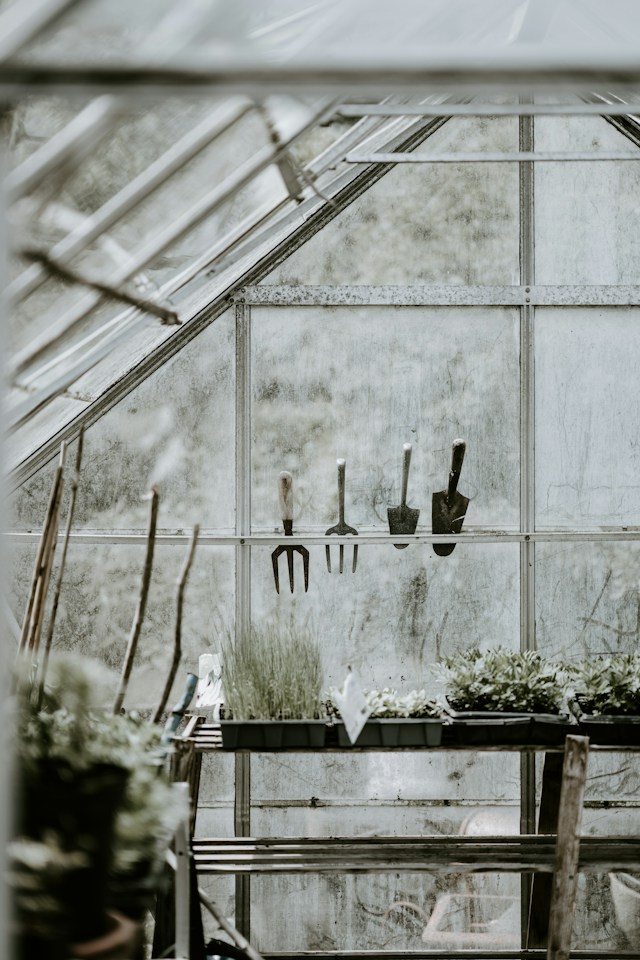In the ever-expanding world of gardening and horticulture, greenhouse kits have emerged as indispensable tools for both novice and experienced growers. These pre-packaged structures provide a controlled environment for cultivating plants, extending growing seasons, and nurturing a wide array of flora. As the popularity of home gardening continues to soar, greenhouse kits offer a convenient and accessible solution for individuals looking to elevate their gardening pursuits. In this comprehensive guide, we explore the diverse facets of greenhouse kits, from their benefits and types to key considerations for choosing the perfect kit for your green aspirations.
greenhouse kits are self-contained structures designed to create a controlled environment for plants. Comprising a framework of durable materials such as aluminium or galvanized steel and covered with translucent panels made of polycarbonate or polyethylene, these kits provide an enclosed space that optimizes temperature, humidity, and light levels for plant growth. Ranging from compact hobbyist models to larger, more sophisticated setups, greenhouse kits cater to a spectrum of gardening needs.
One of the primary advantages of greenhouse kits is their ability to extend the growing season, enabling year-round cultivation. By harnessing the sun’s energy and creating a sheltered space, these kits protect plants from adverse weather conditions, allowing gardeners to grow a variety of crops beyond traditional seasons. Whether nurturing delicate flowers, cultivating herbs, or experimenting with exotic plants, greenhouse kits provide a versatile platform for continuous gardening enjoyment.

Greenhouse kits offer an array of benefits that contribute to their widespread appeal. Firstly, they provide a protective barrier against inclement weather, shielding plants from frost, excessive heat, and heavy rainfall. Additionally, the controlled environment reduces the risk of pests and diseases, creating a healthier and more secure space for plant growth. Furthermore, greenhouse kits facilitate optimal resource utilization by maximizing sunlight exposure and minimizing water wastage, fostering efficient and sustainable gardening practices.
Greenhouse kits come in various types, each tailored to specific gardening needs and available space. Lean-to greenhouses are designed to attach to an existing structure, utilizing shared walls and saving space. Freestanding models offer independence and flexibility in terms of placement within a garden. Mini or portable greenhouses are compact options ideal for balconies or smaller outdoor spaces. Polycarbonate greenhouses provide excellent insulation, while hoop house or tunnel-style greenhouses are cost-effective and easy to assemble.

When selecting a greenhouse kit, several key considerations come into play. Firstly, assess the available space and choose a kit that fits the dimensions of your garden or designated area. Consider the local climate, as different greenhouse materials and designs may be better suited to specific weather conditions. Evaluate the intended purpose of the greenhouse—whether for starting seedlings, cultivating specific plants, or creating a multi-functional space—and choose a kit that aligns with these goals.
The ease of assembly is a crucial factor, especially for those new to greenhouse gardening. Many greenhouse kits are designed for straightforward installation, often featuring interlocking components, pre-drilled holes, and detailed instructions. Portable greenhouse kits, with lightweight frames and minimal components, offer flexibility in terms of relocation, allowing gardeners to adapt to changing seasons or garden layouts.

Recent Comments